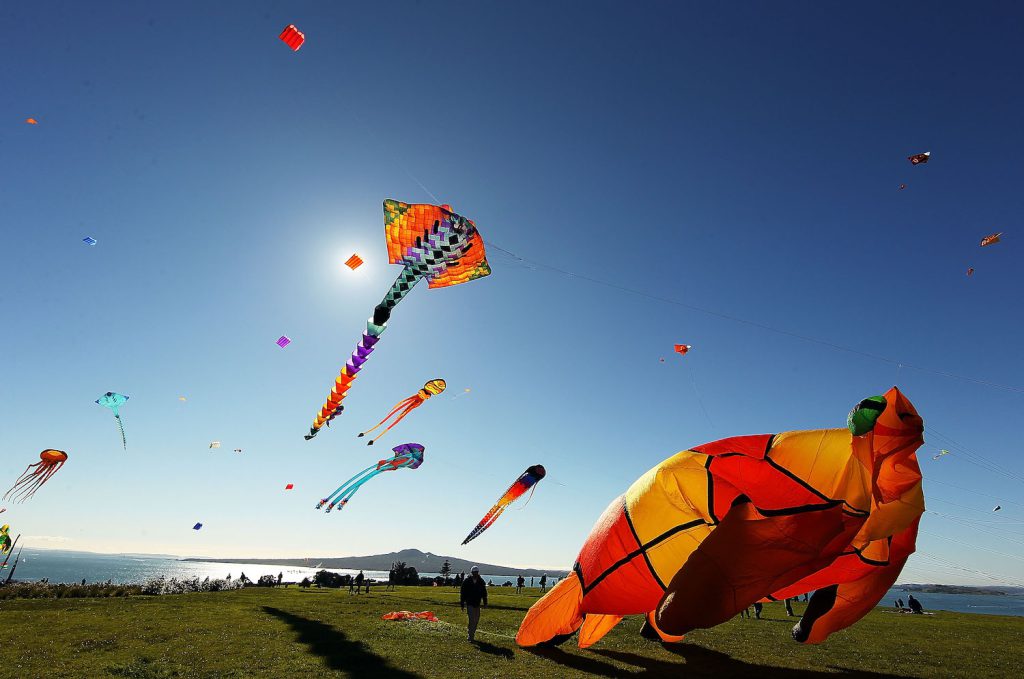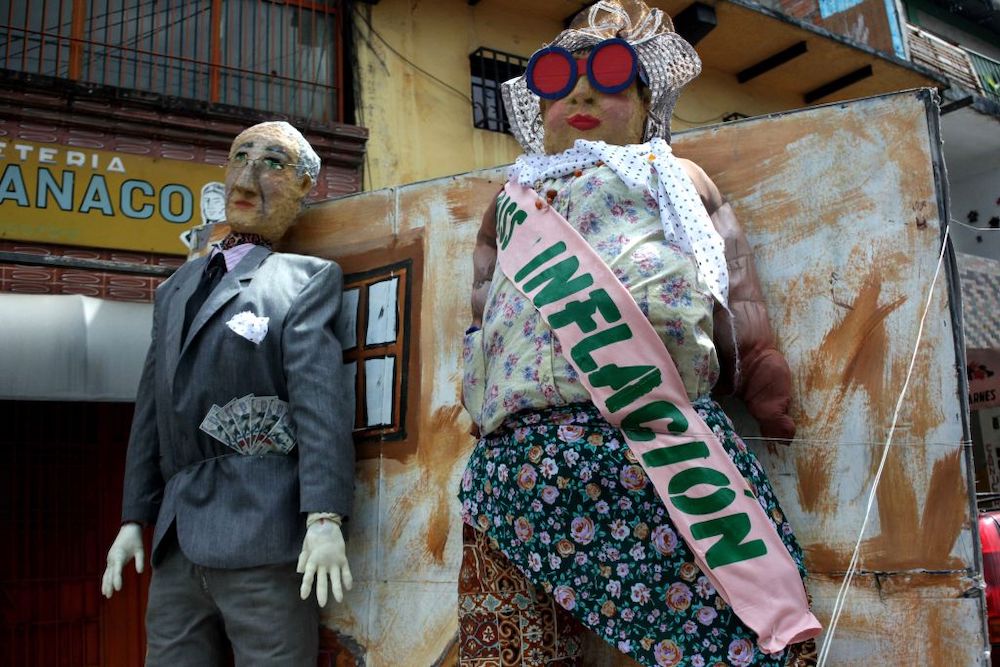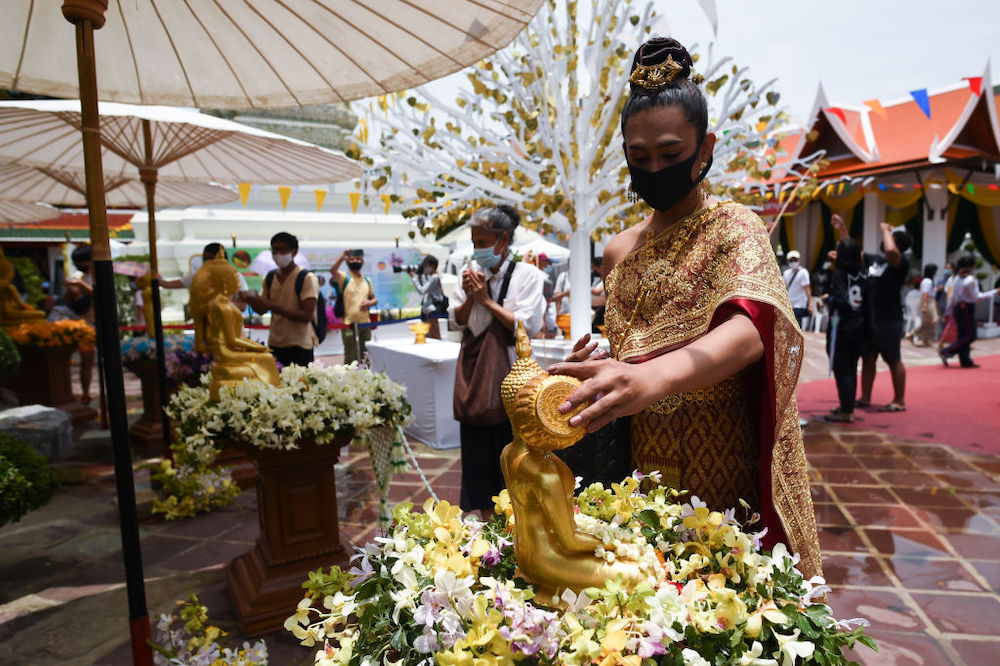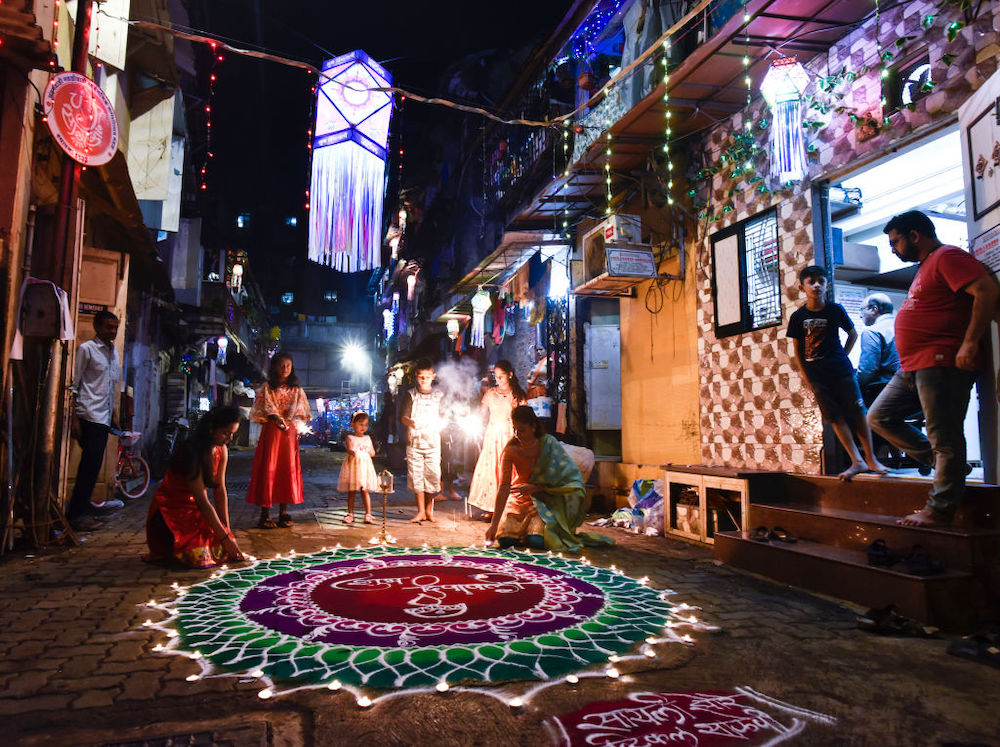Five New Year’s Rituals of Renewal

Across human cultures, major seasonal changes and transitions are marked by ceremony. For those of us living in industrialized societies where many people have lost their connection to the land, it may be easy to forget the importance of natural cycles of renewal. But their role was certainly not lost on our ancestors, who depended on these cycles for their survival and subsistence.
In agrarian societies, a long winter could pose an existential threat, and the first signs of spring were harbingers of hope and renewal. It is no wonder, then, that so many cultures maintain grandiose spring festivals or that many of those festivals constitute the beginning of the new year in their cultures. But even as nature regenerates yearly, crops are still sensitive to calamities such as droughts, floods, or disease. In many places, therefore, the new year began with harvest, when the Earth’s bounty provided some material security for the months to come.
No matter when they occur, those ceremonies do more than merely mark calendrical time—they serve important functions for individuals and their societies. Anthropologists have noted that rituals provide a sense of regularity that helps practitioners cope with anxiety. By coming together to enact them collectively, participants experience a sense of community, an emotional communion that sociologist Émile Durkheim termed “collective effervescence.” And even as such festive rituals, in their exuberance, often seem to challenge social order, they ultimately serve to reaffirm it. By creating symbolic thresholds, they allow people to leave the past behind and be hopeful for the future.
As these five examples show, the rich symbolism of seasonal celebrations reflects their longstanding significance for many communities around the world.
1. Muñecos de Año Viejo
In many parts of the Spanish-speaking Americas, people seem so eager to leave the old year behind that they set it ablaze. In the final days of December, they build life-size effigies (muñecos) out of flammable materials such as paper, straw, and sawdust, and dress them in real clothes. For good measure, they may also blend in some gunpowder or fill the effigies with fireworks.
Those figurines stand for the old year and everything bad that it might have brought. Many of them represent politicians or famous villains, such as the Biblical Judas. Others are more personal, depicting a personal foe or abuser. And some pay tribute to individuals who perished during the previous year.
On New Year’s Eve, people take their effigies to the streets. When the clock strikes midnight, they soak them in gasoline and carefully ignite them before running away. From a safe distance, they watch them explode and burn to the ground in a symbolic attempt to exorcize bad memories and welcome new beginnings.
At the end of 2020, one of the most popular effigies was the coronavirus. The ceremonial scorching of these prickly headed, mean-faced anthropomorphic effigies became a symbolic expression of the collective desire to turn a new page, leaving the COVID-19 pandemic behind.
2. Kha b-Nisan
Observed on April 1 by people of Assyrian origin in Syria and other parts of the Middle East, the Kha b-Nisan is a spring ritual that draws its origin from the Akitu, one of the oldest-known New Year’s celebrations in the world. With roots reaching back over four millennia ago to the city of Babylon in ancient Mesopotamia, the Akitu marked the annual sowing of barley with a spectacular public celebration.
In its ancient form, this 12-day festival involved carnivalesque feasting and dancing, religious processions, animal sacrifices, and recitations of the Babylonian epic of creation, Enuma Elish. The festivities were attended by the high priest and the king. The two of them enacted a rather peculiar ritual: The priest stripped the king of his regalia, slapped him in the face, dragged him by the ear, and forced him to kneel before the statue of the great god Marduk. After pledging allegiance to the deity, the king could have his regalia back and be reinstated by the priest. Thus, the Akitu served a double role, symbolizing the renewal of the land and the renewal of the king’s divine mandate to rule over it.
The contemporary version of this festival is often called Kha b-Nisan, meaning the first day of the month Nisan. Although it no longer involves slapping political leaders in the face, it still lasts 12 days and, in many ways, resembles its ancient form. In recent decades, Assyrian intellectuals have emphasized these links as evidence of historical continuity between contemporary and ancient Assyrian culture.
3. Songkran
Also known as the water festival, Songkran marks the beginning of the Buddhist calendar in Thailand. The word songkran itself, derived from Sanskrit, means “astrological transition” and celebrates the passing of the solar year on April 13. Although nowadays the new year in Thailand officially falls on January 1, this three-day festival remains the most culturally important annual ritual of renewal in the country. In fact, in 2018 the Thai government extended the holiday period by two extra days so citizens would have more time to visit their families for the celebrations.
The festivities begin with the spring cleaning of houses, schools, and public areas, and various “merit-making” activities meant to cleanse the soul and build good karma, such as honoring the ancestors, offering food to monks, and releasing captive birds and fish. People also visit temples, where they pour water over statues of Buddha, symbolically washing away their sins and bad luck. This water is then collected and sprinkled over senior family members as a form of blessing them.
Throughout the centuries, this symbolic act of purification has taken on a much more extravagant and playful form. Today millions of people flood the streets, both metaphorically and literally, as they grab buckets, water guns, and hoses to soak anyone passing by with water.
4. Matariki
In Aotearoa (present-day New Zealand), Indigenous Māori peoples celebrated the beginning of the lunar year on the first rising of Matariki. Also known as the Pleiades, this star cluster plays an important role in many cosmologies around the world. Its annual appearance in late June or early July marks the middle of the Southern Hemisphere winter.
By coming together to enact rituals, participants experience an emotional communion that sociologist Émile Durkheim termed “collective effervescence.”
With the advent of European colonization, this custom, along with most traditional astronomical knowledge, became all but extinct. But thanks to oral histories passed down in myths, songs, and stories, it survived in collective memory. According to Traditional Knowledge, on that auspicious day, people celebrated the cycle of life and death. Special ceremonies were held to honor those who had been lost since the last rising of the constellation and to facilitate their spirits’ journeys to the skies. Then, grief was followed by festivity. People offered thanks to the gods for the harvest and came together to feast, sing, and share stories. Divination rituals were also performed: Based on the timing and the clarity of the stars, religious experts made predictions about the success of the next harvest.
In recent decades, Māori people have reclaimed and revitalized these celebrations. Today they once again come together on Matariki to stargaze, fly kites, and observe a day of remembrance, celebration, and hope. With a recent act of Parliament, Matariki will be celebrated in 2022 as a public holiday in New Zealand. Thus, in addition to celebrating the renewal of nature, the Matariki can also be said to symbolize the renewal of Māori culture.
5. Diwali
In agrarian societies, harvest is a time to rejoice. Diwali, also known as the festival of lights, is observed by Hindus, Jains, Sikhs, and some Buddhists in India and around the world. Based on the Hindu lunisolar calendar, Diwali falls between mid-October and mid-November, and in various parts of India, it signifies the arrival of the new year. Falling on the darkest night of the year, it celebrates the triumph of light over darkness, good over evil, and hope over despair.
Diwali arrives at the end of the monsoon season—a time of bounty that waters the rice paddies, fills the aquifers, and keeps the cows fed. To celebrate the end of this season during the festival, people clean their homes, then illuminate and decorate them with clay oil lamps (diyas) and rangoli, geometric patterns made with colorful sands, powders, rice, stones, and flowers. Once the elaborate decorations are completed, windows are left open to welcome Lakshmi, the goddess of prosperity, or other household deities. In the streets, observers dress in their best clothes and light sparklers and firecrackers to scare off evil spirits.
Like most customs in pluralistic Indian society, Diwali takes myriad forms and local variations. But for everyone, it provides an occasion for human connection. Over its five-day duration, people visit their families, exchange presents, send greeting cards, and share sweets and other festive foods.
Rituals of renewal have been around since the dawn of civilization, but they remain as relevant today as ever. The COVID-19 pandemic offers a stark reminder of the human need for such rituals. In these uncertain times, collective festivities provide people around the world a way to forget their daily worries, find social connection, and simply have fun. It is no coincidence that in 2021, a year when India struggled to control the pandemic, the town of Ayodhya in the Indian state of Uttar Pradesh organized one of their most spectacular New Year’s displays ever. The community came together to light over 900,000 oil lamps during Diwali, topping the previous Guinness World Record and bringing much needed light and hope to residents.



































